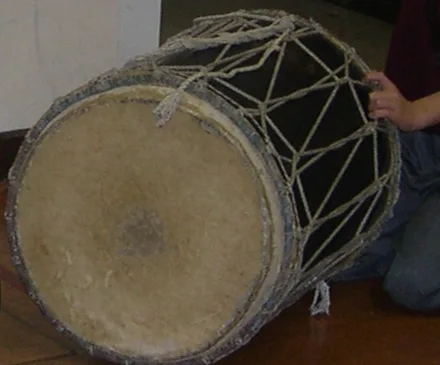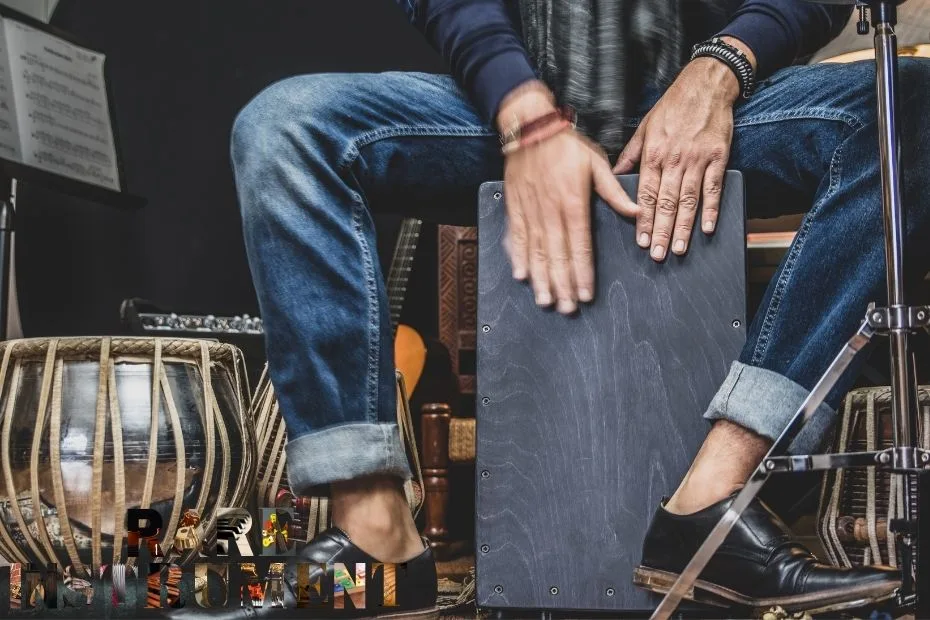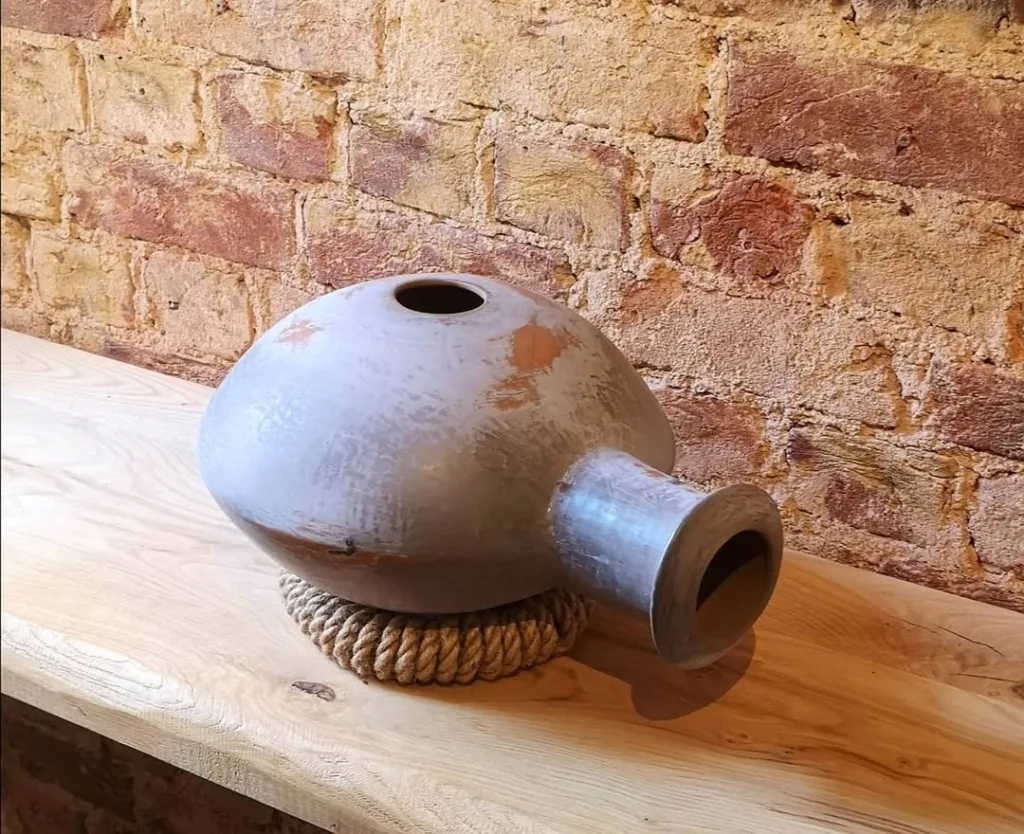Few instruments embody both power and subtlety like the Dunun—a traditional West African drum central to ensemble music. Originating from Guinea, Mali, and Côte d’Ivoire, the Dunun provides the deep, grounding pulse that drives dances, ceremonies, and drumming ensembles. Whether you are a beginner exploring basic rhythms or a seasoned percussionist layering complex patterns, this guide covers everything from drum sizes, playing techniques, to tuning and maintenance.
Dunun Features at a Glance
| Feature | What It Means | Why It Matters | Typical Options |
|---|---|---|---|
| Size | Overall drum dimensions | Affects pitch, volume, and portability | Dununba (largest), Sangban (medium), Kundun (smallest) |
| Shell Material | Wood type used for body | Impacts tone, resonance, and weight | Mahogany, Kaba, Palm |
| Drumhead | Animal hide or synthetic | Affects sound character and tuning stability | Cowhide, Goat skin, Synthetic |
| Tuning | Rope or key tension | Controls pitch and tonal balance | Rope-tuned, Mechanical key-tuned |
| Playing Technique | Stick type and hand style | Determines rhythm articulation | Straight sticks, Curved sticks, Bare hands (some traditions) |
| Skill Level | Player experience | Match drum type to ability and goals | Beginner, Intermediate, Advanced |
| Price Range | Approximate market cost | Balance quality versus budget | $80–$150 (starter), $160–$300 (mid), $400+ (professional) |
What Is a Dunun?
The Dunun is a bass drum used in West African ensembles, often played in a trio alongside the djembe. It sets the tempo and rhythmic foundation for traditional dances and ceremonies. With roots in Malinke culture, the dunun family includes the Dununba (large), Sangban (medium), and Kundun (small). The combination of these drums produces polyrhythms and intricate grooves, making it a cornerstone of African drumming.
How It Works
Each Dunun is usually played with a pair of sticks (sometimes curved) striking the drumhead. The rope or key tuning system controls tension, allowing precise pitch adjustments. In ensembles, the Dununba delivers low-end pulses, the Sangban adds interlocking rhythms, and the Kundun accentuates syncopations. The result is a dynamic, multi-layered rhythm that drives the dance floor.
Sizes and Types
Dununba (Largest)
The heartbeat of the ensemble, producing deep, resonant tones. Ideal for grounding the rhythm and leading the group.
Sangban (Medium)
Versatile and melodic, connecting the low dununba pulse with higher percussion tones. Often played by intermediate or advanced drummers.
Kundun (Smallest)
Lightweight and agile, used to add intricate fills and accents. Suitable for small hands and fast rhythms.
Playing Basics
- Grip: Hold sticks comfortably with relaxed wrists.
- Strike: Aim for consistent force to maintain steady rhythm.
- Patterns: Start with basic pulse, then add interlocking rhythms.
- Ensemble: Listen and sync with djembe and other dunun drums.
- Expression: Experiment with muted strokes and dynamic accents.
Care and Maintenance
- Tuning: Adjust rope tension or keys regularly to keep consistent pitch.
- Humidity: Keep drums away from direct sunlight or extreme moisture.
- Cleaning: Wipe drumheads after use; condition natural hides with minimal oil if needed.
- Transport: Use padded bags to protect wood and heads.
Final Thoughts
The Dunun is both a powerful rhythm engine and a cultural treasure. From traditional ceremonies to modern drum circles, mastering even one drum in the dunun family opens the door to rich musical traditions. Start with a Sangban or Kundun if you are a beginner, explore rhythms, and let the deep pulse guide your hands and heart.



